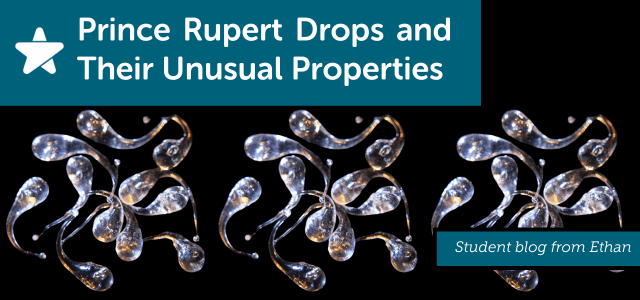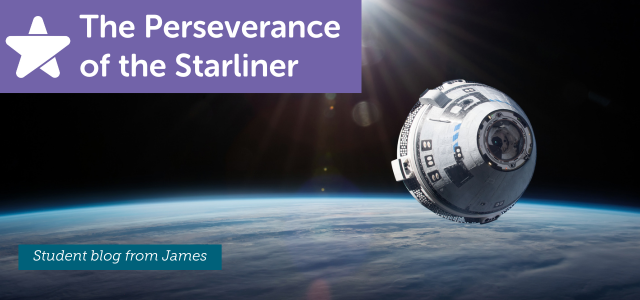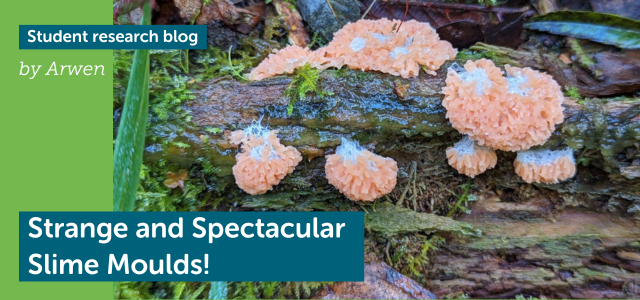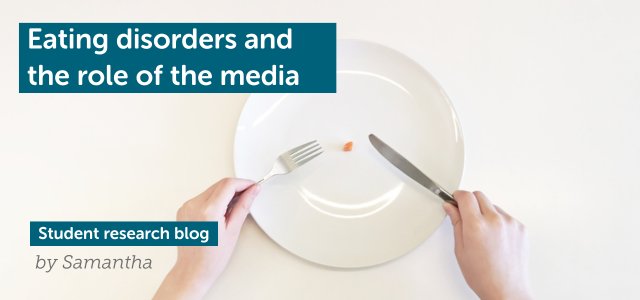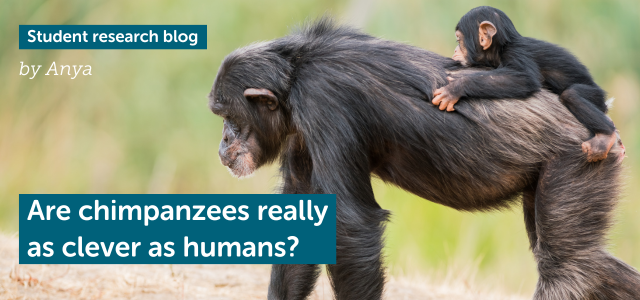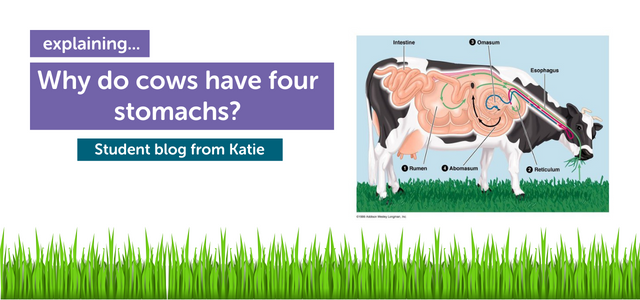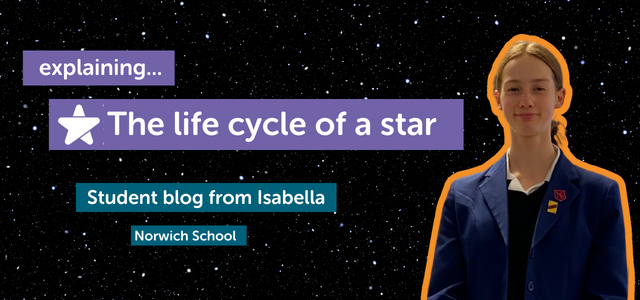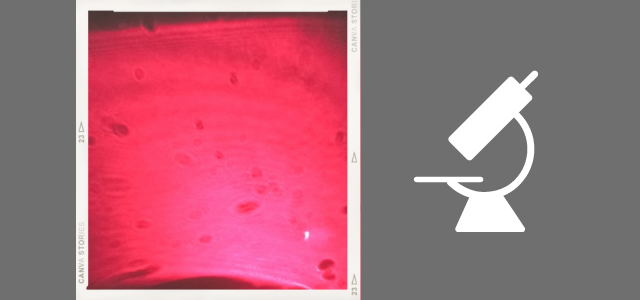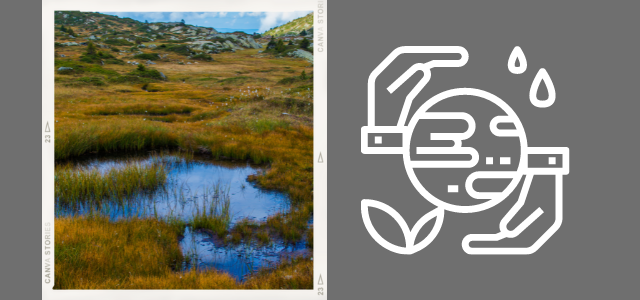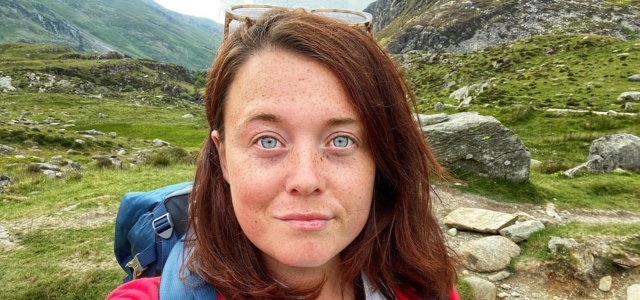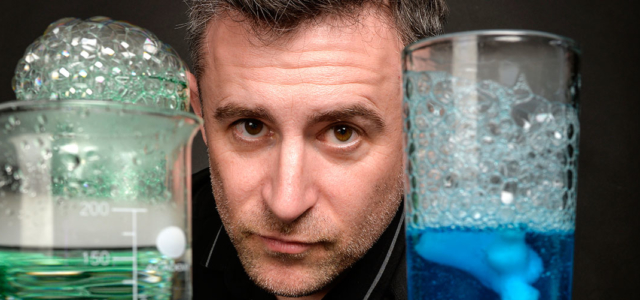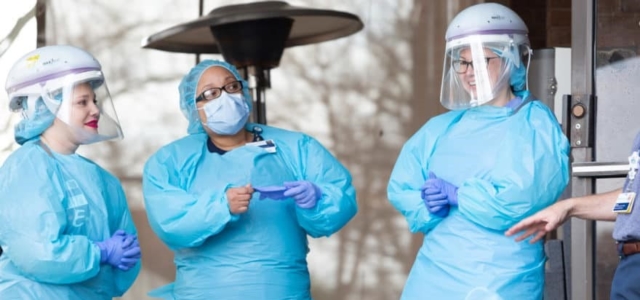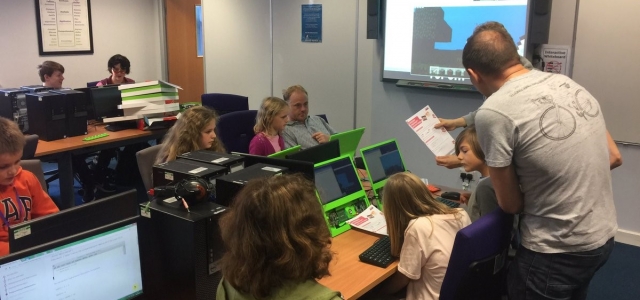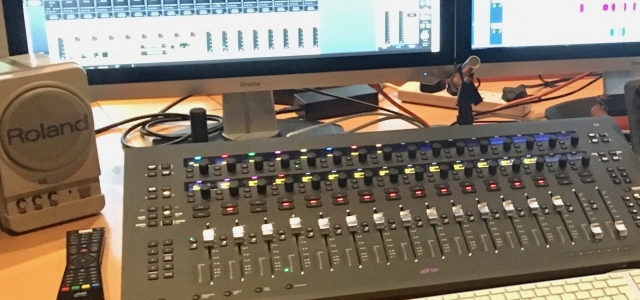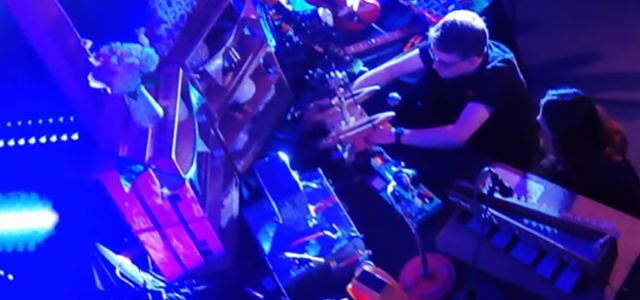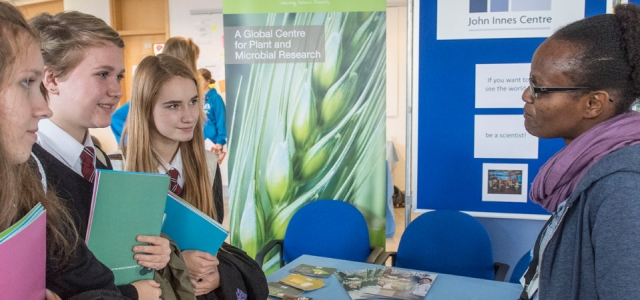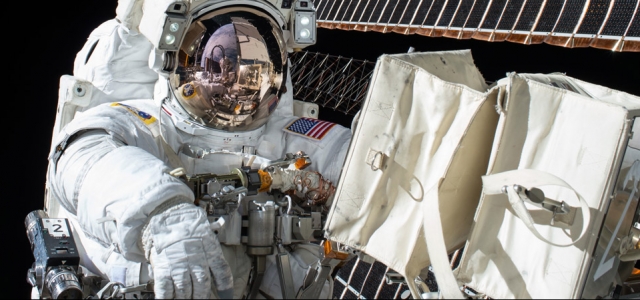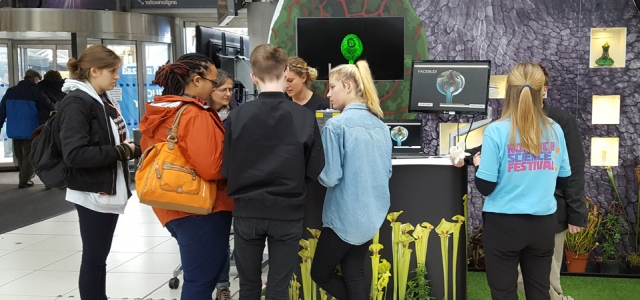One of our fantastic patrons, Dr Marty Jopson, invites us into the microscopic world. Read on to find out more….
When I first started in science I trained as a plant scientist. The main tool of my trade was the microscope. I loved peering at teeny tiny things, but I realised my career was not going to be as a research scientist. So, I went off to do a bunch of other stuff, including work on the telly and on stage. But I always had a soft spot for microscopes and the very small things they let you see.
A few years back I got hold of a couple of fantastic microscopes (thank you Zeiss) and toured the country showing people cool microscopic things. Then along came SARS-CoV-2 (the sciency name for the COVID 19 virus) and all that changed. So, instead I started live streaming microscopy from my kitchen table.
And that’s how #microminute was born. The name is a bit rubbish I know. It’s not even accurate as nearly every stream runs ten minutes. But #microtenminute was even worse. Each stream is simple. I find a small thing, I put it under a microscope, I show you the small thing and then I talk about what makes it interesting, weird or cool. Currently there are forty or so of these online on my YouTube channel (youtube.com/martyjopson). Some of my favourites include:
My carnivorous plants (https://youtu.be/S6KPpaAvvUY)
I said at the top that I trained as a plant scientist. This is why my house is full of interesting plants, including ones that catch and eat insects. You have probably heard of the Venus flytrap, I have loads of these, but it was the sundew plants that looked the best under the microscope. The picture is of a British sundew that grows in bogs and catches tiny flies on the sticky gobbets all over its leaves. The fly lands on the leaf thinking it is in for a tasty sweet treat only to become stuck. It then gets coated in the goo, suffocates and is slowly digested by the plant – gruesome I know.
Aspirin crystals (https://youtu.be/RXaajdJPO_E)
For a completely different sort of subject matter, this image is of aspirin crystals. You take ordinary aspirin, dissolve it in water, put a drop on a glass slide and let it dry out. Under the microscope it’s not very exciting, until you use a funky technique called polarised light microscopy. This relies on the same physics that makes sunglasses work. Suddenly all the crazy colours pop out as the aspirin crystals twist the light. It works for other things too – sugar’s great, salt less so.
Tentacled monsters (https://youtu.be/6opaEPIT170)
A couple of years back I built myself a pond. Why? So that I could grow water plants of course! Plant scientist! Anyhow, the pond is now absolutely teaming with completely crazy creatures. Probably my favourite is a 1mm beastie called a hydra. It is effectively immortal. If you chop it up all the bits regrow as new hydra. It is covered in stinging cells that contain a deadly neurotoxin. The stinging cells are the fastest accelerating living things on the planet. Oh, and you can make them glow in the dark. These things live in my pond. It’ a good thing they are tiny, or I would be terrified.
Everything I put under my microscopes for #microminute is ordinary household stuff. What’s amazing is just how much I learnt. Every specimen throws up new, interesting nugget of science. Velcro is a mess of ordered hooks. Aphids are gross and poop constantly. Dandelions break all the rules about how plants are supposed to work. And the hairs on a spider’s bum are more like feathers. I try in my streams to get across the cool things I see, but nothing beats looking down the microscope yourself. You see so much more as your eyes make even the best cameras look rubbish. So, check out the #microminutes and if you have a chance have a go at a spot of microscopy yourself.

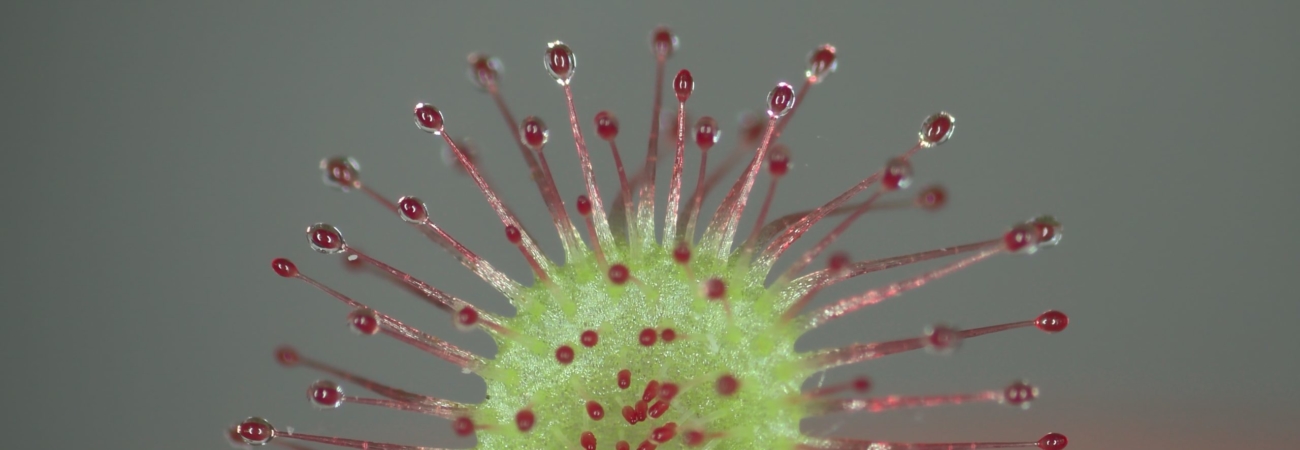
 Dr Marty Jopson is a scientist, researcher, presenter, author, prop builder, tech whizz and science communicator extraordinaire. He has inspired millions with his passion for science and has been a YSA patron since it's inception.
Dr Marty Jopson is a scientist, researcher, presenter, author, prop builder, tech whizz and science communicator extraordinaire. He has inspired millions with his passion for science and has been a YSA patron since it's inception.





